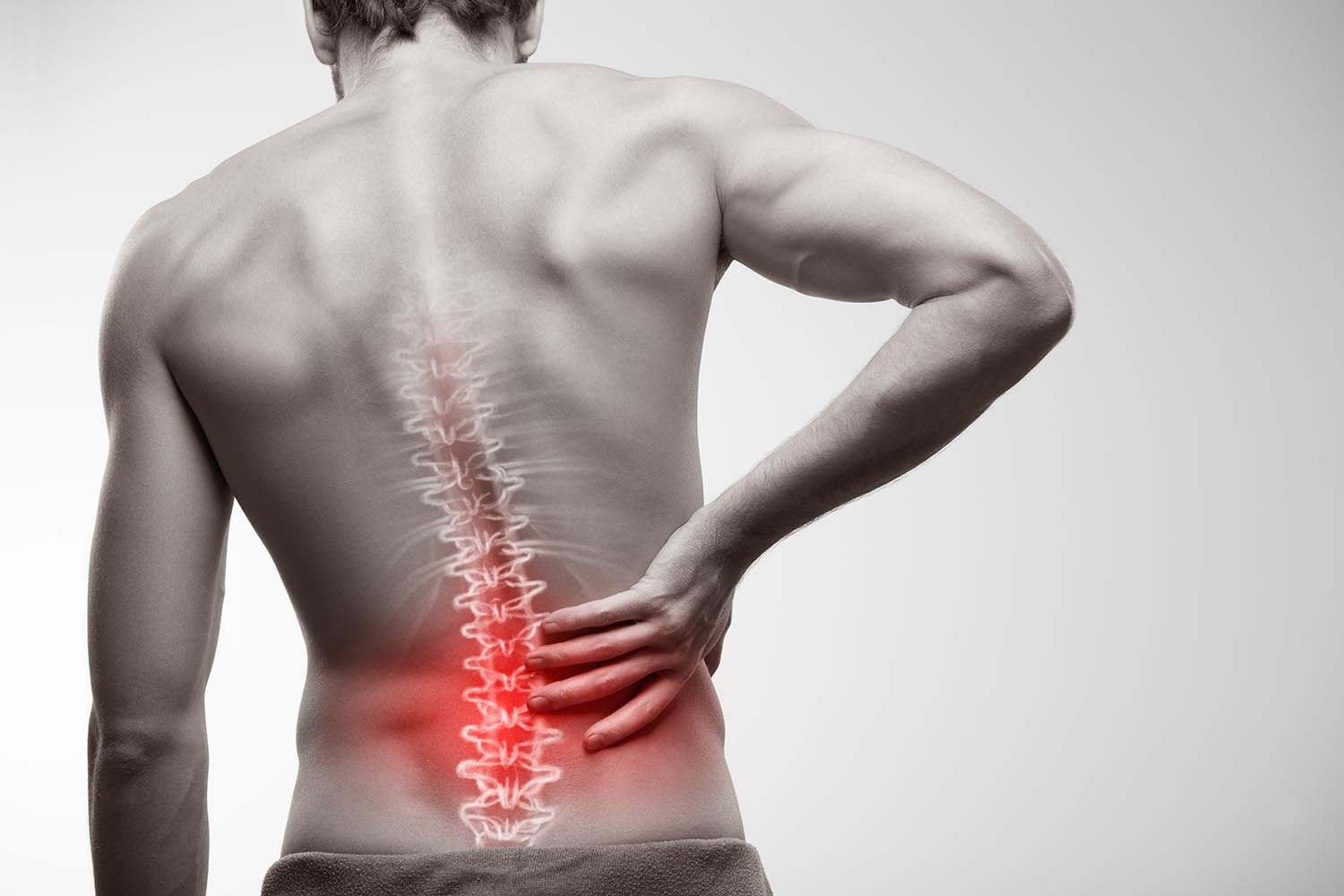
Not all pain disappears after recovery. Chronic pain continues even after the original injury has healed. It may result from nerve damage, inflammation, or unknown causes. This ongoing discomfort affects movement, focus, and relationships. Some people hide their pain for years. Others see multiple doctors without clear answers. The journey toward relief becomes personal, trial-based, and often frustrating.
Identifying the source doesn’t always solve the discomfort
Imaging and tests can’t explain every sensation. Identifying the source doesn’t always solve the discomfort. Scans may show no damage, yet pain persists. This mismatch confuses patients and providers alike. Sometimes the nervous system becomes overly sensitive. Other times, brain pathways misfire without obvious cause. Knowing that pain is real—even without visible damage—shapes how treatment begins.
Medications help many but are rarely a complete solution
Pharmaceuticals offer short-term relief. Medications help many but are rarely a complete solution. Nonsteroidal anti-inflammatory drugs reduce swelling. Anticonvulsants manage nerve-related pain. Antidepressants modulate chemical pathways tied to sensation. Opioids block pain signals but carry serious risks. Tolerance builds. Dependence may form. Many prefer to reduce medications over time. Combining drugs with non-drug approaches proves more effective for long-term management.
Physical therapy restores strength and retrains the body
Movement becomes both treatment and challenge. Physical therapy restores strength and retrains the body. Stretching, posture correction, and targeted exercises rebuild tolerance. Pain often increases before improving. Gradual exposure helps muscles relearn movement. Therapists guide patients through setbacks, plateaus, and emotional strain. Consistency matters more than intensity. Small wins accumulate when therapy is done regularly, not occasionally.
Nerve blocks and injections target specific sources of inflammation
Some pain arises from localized nerve irritation. Nerve blocks and injections target specific sources of inflammation. Steroids reduce swelling around irritated tissue. Anesthetics quiet misfiring nerves temporarily. These procedures bring short relief but don’t cure. Repeated use risks tissue damage. Timing and frequency must be considered. For some, even temporary relief allows better engagement in other treatments.
Cognitive behavioral therapy changes how pain is interpreted and processed
Pain is physical, but perception shapes suffering. Cognitive behavioral therapy changes how pain is interpreted and processed. Thoughts affect muscle tension, sleep, and resilience. Therapy teaches coping strategies, stress reduction, and behavioral change. It doesn’t mean the pain is imaginary. It means response patterns can be unlearned. Acceptance-based approaches help reduce resistance and emotional exhaustion.
Mind-body techniques build tolerance without medication
Relaxation isn’t passive. Mind-body techniques build tolerance without medication. Meditation, breathwork, or tai chi reduce sympathetic nervous activity. The body learns to downregulate pain signals. These tools don’t eliminate pain but change its meaning. Practices grow stronger with time. Short sessions, done daily, matter more than occasional intensity. These options offer quiet endurance without dependency.
Devices like TENS units alter pain signaling
Electric therapy offers portable relief. Devices like TENS units alter pain signaling. Pads placed over painful areas deliver mild electrical pulses. This stimulation may interrupt nerve communication. Relief lasts during or shortly after sessions. Results vary—some find great comfort, others minimal. These tools are noninvasive and carry little risk. They serve best as part of a broader routine.
Acupuncture triggers chemical release in muscles and brain
Ancient practices meet modern science. Acupuncture triggers chemical release in muscles and brain. Fine needles stimulate endorphins and reduce inflammation. Some report reduced pain after a few sessions. Others require ongoing treatment to maintain effects. Scientific evidence remains mixed but growing. Safe when done professionally, acupuncture rarely causes harm. Results depend on condition, consistency, and practitioner skill.
Movement therapies rebuild trust in the body
Some pain stems from fear of movement. Movement therapies rebuild trust in the body. Feldenkrais, yoga, or Pilates focus on fluid motion and body awareness. These approaches reconnect sensation with safety. The goal isn’t strength—it’s confidence. The body heals more efficiently when tension drops. Even gentle motion reduces stiffness and boosts circulation. Long-term pain often shrinks when movement returns.
Pain clinics coordinate care across specialties
Fragmented treatment causes confusion. Pain clinics coordinate care across specialties. These centers combine medication, therapy, and physical rehab. Psychologists, physicians, and physiotherapists work as a team. Patients receive structured, individualized plans. Results often improve when communication is consistent. Clinics help when primary care options stall. Access varies by location and insurance coverage. Still, integrated care improves quality of life.
Functional restoration programs aim to improve daily ability despite ongoing pain
Cure isn’t always possible. Functional restoration programs aim to improve daily ability despite ongoing pain. These structured programs include physical training, education, and behavioral therapy. The goal shifts from pain elimination to function improvement. Participants learn pacing, energy conservation, and safe movement. Work becomes possible again. Relationships feel manageable. These programs suit people ready to shift focus.
Dietary changes reduce systemic inflammation in some individuals
Food affects how pain feels. Dietary changes reduce systemic inflammation in some individuals. Omega-3 fats, colorful vegetables, and unprocessed grains support healing. Sugar, processed oils, and excess alcohol may worsen symptoms. Some report reduced flare-ups after eliminating triggers. Diet alone doesn’t cure pain. But it influences mood, sleep, and gut health. Cumulative benefits shape long-term outcomes.
Sleep hygiene supports pain recovery more than expected
Rest rebuilds damaged systems. Sleep hygiene supports pain recovery more than expected. Pain disturbs sleep. Poor sleep worsens pain. Breaking this loop requires routine—same hours nightly, no screens before bed, reduced caffeine. Melatonin, magnesium, or light therapy may help. Good sleep repairs nerves, boosts mood, and strengthens pain resilience. Ignoring sleep delays recovery, even with other treatments.
Acceptance improves quality of life even when pain remains
Not all pain vanishes. Acceptance improves quality of life even when pain remains. This doesn’t mean giving up. It means shifting how pain is viewed—less as enemy, more as condition. Accepting limitation reduces mental resistance. That mental space becomes available for pleasure, goals, and presence. Suffering decreases even if sensation remains. This shift may come with time, therapy, or community support.
Flare-ups are normal, even when progress is steady
Recovery isn’t linear. Flare-ups are normal, even when progress is steady. Weather, stress, or activity changes may cause setbacks. These moments don’t erase improvement. They offer a chance to reassess pacing, posture, or support. Reacting with panic worsens symptoms. Responding with calm reduces duration. Over time, flare-ups feel less threatening. They become part of the landscape, not the story.
Not all pain is visible, but it shapes every part of life
Pain isn’t always obvious. Not all pain is visible, but it shapes every part of life. Work, family, and self-worth change. People hide their discomfort to protect others. Many feel isolated or misunderstood. A treatment plan must acknowledge the invisible costs. Validation matters. Connection heals alongside medicine. Chronic pain lives in both nerves and narratives.
Source: Treatments in Dubai / Treatments in Abu Dhabi
